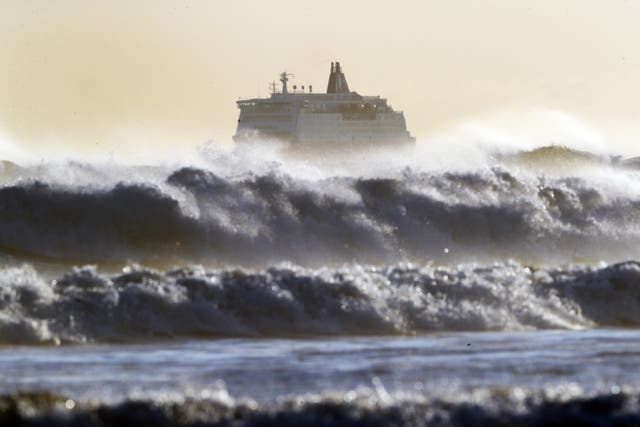Study reveals how dangerous ‘rogue’ waves are formed in the world’s oceans
The phenomenon is believed to have played a part in producing a 25-metre wave which struck a North Sea oil platform in 1995.

New understanding of the “dangerous phenomenon” of unusually large ocean waves could help inform the design of oil platforms and other offshore structures, researchers have said.
So-called rogue waves, which are exceptionally powerful and dangerous, can be exacerbated when they are produced by two sets of waves crossing at a particular angle, a study has found.
This phenomenon, which researchers say has been demonstrated in an experiment for the first time, is believed to have played a part in producing a 25-metre wave, known as the Draupner wave, which struck a North Sea oil platform in 1995.
Experiments carried out in an ocean research facility showed that when waves intersect at an angle greater than approximately 60 degrees, they cause the surface level of the ocean to rise.
This adds to the overall height of the resulting combined wave.
Dr Ton van den Bremer, who led the study while at the University of Edinburgh, said: “This improves understanding of rogue waves, decades after this aspect of their behaviour was suggested.
“The more we know about this dangerous phenomenon, the better equipped we will be to design offshore structures and to navigate the oceans.”
Experiments were carried out in the FloWave Ocean Energy Research Facility at the University of Edinburgh.
The testing tank is able to simulate ocean currents and waves of any type, which are monitored using overhead sensors.

The study, published in the Journal of Fluid Mechanics, was carried out in collaboration with the University of Oxford and supported by the UK’s Engineering and Physical Sciences Research Council.
Dr Mark McAllister, who took part in the research while at the University of Edinburgh, said: “These experiments provide new insight into how a heightened, or set-up, wave actually forms.
“They revealed that this behaves like a partial standing wave, which forms underneath waves as they cross.
“This insight allowed us to create a simple theory to predict when such waves might occur.”





